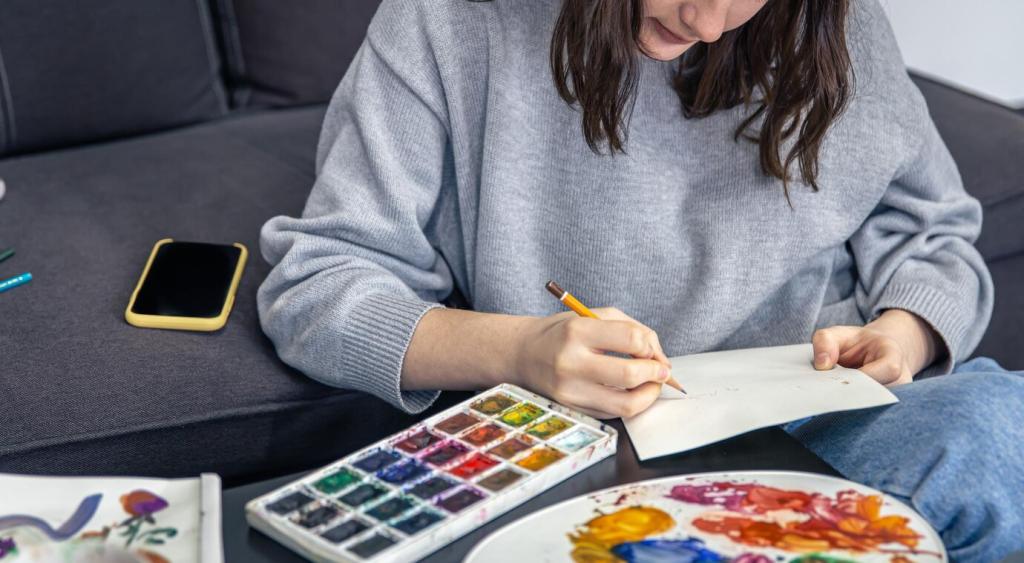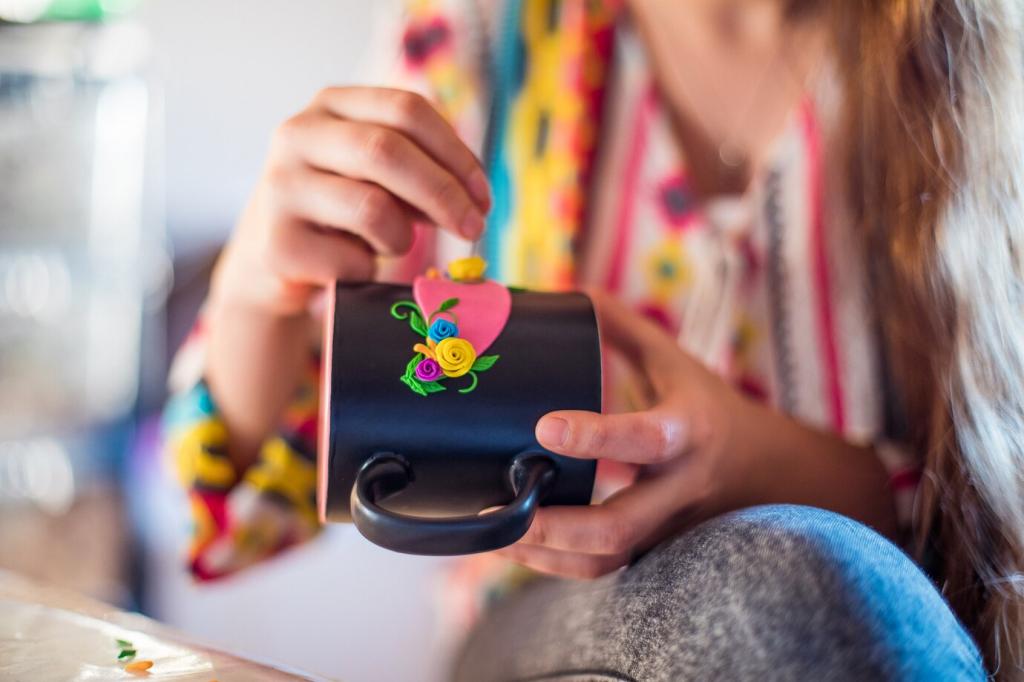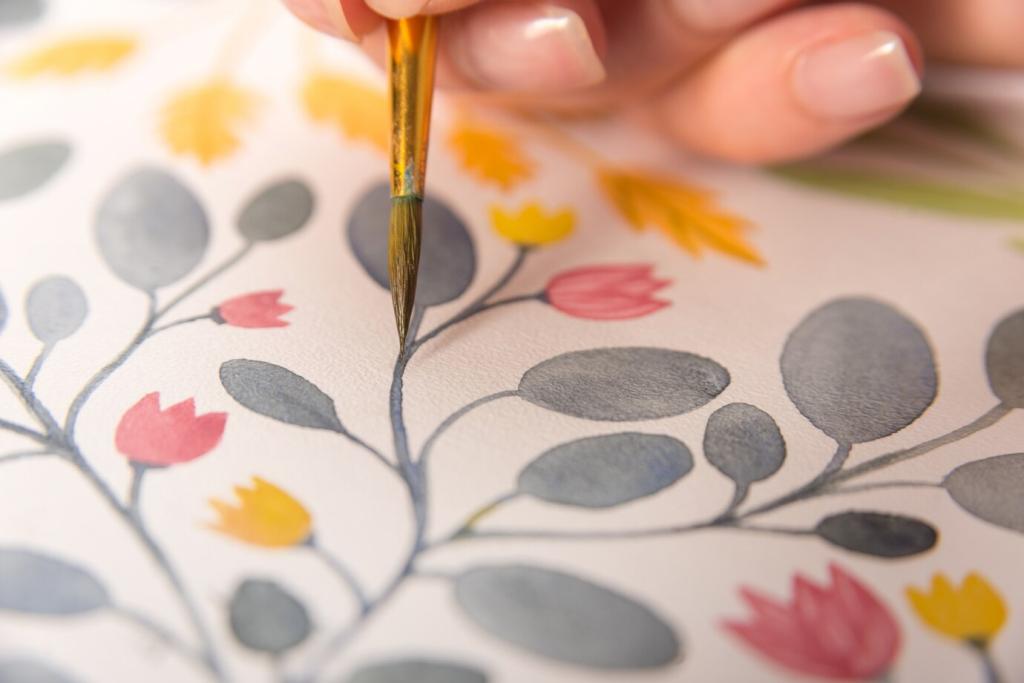Playful and Creative Children's Room Color Ideas
Today’s chosen theme: Playful and Creative Children’s Room Color Ideas. Step into a world where color sparks imagination, calms bedtime nerves, and turns every corner into a story. Explore joyful palettes, clever techniques, and real-life tips, and share your child’s favorite hues with us.

Color Psychology for Little Explorers
Warm vs. Cool: Setting the Emotional Temperature
Warm colors like coral, sunflower, and peach invite energy and social play, while cool tones like sky blue and mint encourage focus and calm. Blend them thoughtfully to support both lively afternoons and peaceful bedtimes. Which balance feels right for your child?
Beyond Stereotypes: Confident, Gender-Neutral Palettes
Move past pink-versus-blue with thoughtful combinations such as moss green and clay, denim blue and marigold, or lilac and charcoal. These palettes feel modern, cozy, and versatile, growing gracefully with your child’s interests and evolving personality.
Balancing Stimulation and Calm Through Zones
Create energizing play corners with saturated accents while keeping sleep areas softer and muted. One parent told us post-nap meltdowns eased after repainting a bright wall to seafoam; color zoning can truly transform daily rhythms and routines.
Palettes by Age and Stage
01
Newborn Nests: Soft, Soothing Foundations
Gentle neutrals like oat, cream, and dove gray paired with whispers of seafoam or blush reduce visual noise and support circadian cues. Add texture through knit blankets and natural wood to create restful comfort that photographs beautifully and feels timeless.
02
Toddler Wonderlands: Cheerful and Clear
Toddlers thrive with clear contrasts and recognizable hues. Try primary-adjacent tones—tomato red bins, cornflower blue shelves, and sunny yellow art frames—kept in defined doses. This approach energizes play while preventing visual overload and encourages independent tidying with color cues.
03
School-Age Creativity Zones: Focus with Personality
For readers and makers, choose grounded bases—sage, denim, or mushroom—then layer vibrant accents like tangerine or aqua in desk accessories and pinboards. A single bold wall can inspire, while the overall palette protects focus during homework sessions.
Story-Driven Themes Kids Love
Underwater Adventure: Teal Tides and Coral Reefs
Paint a gradient from soft aqua to deep teal, then add coral and seaweed green accents. A parent shared how nightly “ocean sounds” and the wall’s tranquil hues became their child’s favorite calming ritual before sleep and imaginative play.
Cosmic Dreamers: Stardust Blues and Galactic Silvers
Use midnight blue with scattered silver decals for constellations, keeping the bed area slightly lighter for serenity. A small ring of glow paint can guide nighttime paths without overstimulating, turning lights-out into a gentle journey through space.
Jungle Safari: Leafy Greens and Sunlit Clay
Layer fern, olive, and bamboo greens with clay and raffia tones. Add animal silhouettes or leafy stencils. One child named the painted giraffe “Tall Paul,” sparking nightly stories and consistent, delighted requests to read under the jungle canopy.


Smart Neutrals with Pops of Joy
Start with greige, oat, or soft mushroom on larger walls and furniture. These hues make colorful toys pop, tame visual clutter, and let you update the feel with new bedding, art, and lamps without repainting every season.
Smart Neutrals with Pops of Joy
Paint an arch behind the bed to signal rest, a rectangle above the desk to frame focus, and a cheerful stripe near storage to encourage cleanup. Zoning helps kids understand spaces while adding playful geometry and crisp, modern character.

Color Blocking and Friendly Arches
Tape clean shapes for bold blocks or paint an arch as a reading nook halo. Choose complementary colors for harmony or adjacent hues for subtle depth. Involve kids in choosing swatches to spark ownership and excitement about their space.

Ombre Skies and Gentle Gradients
Blend from pale dawn at the baseboard to twilight near the ceiling using a wide brush and dry-rolling transitions. Gradients feel magical yet restful, especially behind beds, and provide a dreamy backdrop for clouds, kites, or paper star garlands.
Light, Brightness, and Color Harmony
North-facing rooms love warm creams and buttery yellows; south-facing rooms can handle cooler blues and soft greens. Always test swatches at different times of day to avoid surprises. Snap photos and compare together, inviting your child’s reactions.


Light, Brightness, and Color Harmony
Combine ambient overheads with task lamps and soft fairy-string accents. Colored shades tint light subtly—try blush, melon, or sky for gentle shifts. Dimmer switches help transition from energetic playtime to quiet reading routines without clashing with your palette.
Textiles, Storage, and Art as Color Carriers
Use rainbow bins or color-coded baskets to make tidying intuitive. A tomato-red toy crate, cobalt book bin, and lemon puzzle box become functional decor. Invite kids to choose their color system and share a photo of the final lineup.


Textiles, Storage, and Art as Color Carriers
Rotate textiles—spring mint and butter, summer aqua and coral, autumn rust and pine, winter lilac and silver. This keeps the space feeling exciting without repainting. Encourage children to plan the next season’s palette on a simple mood board.
